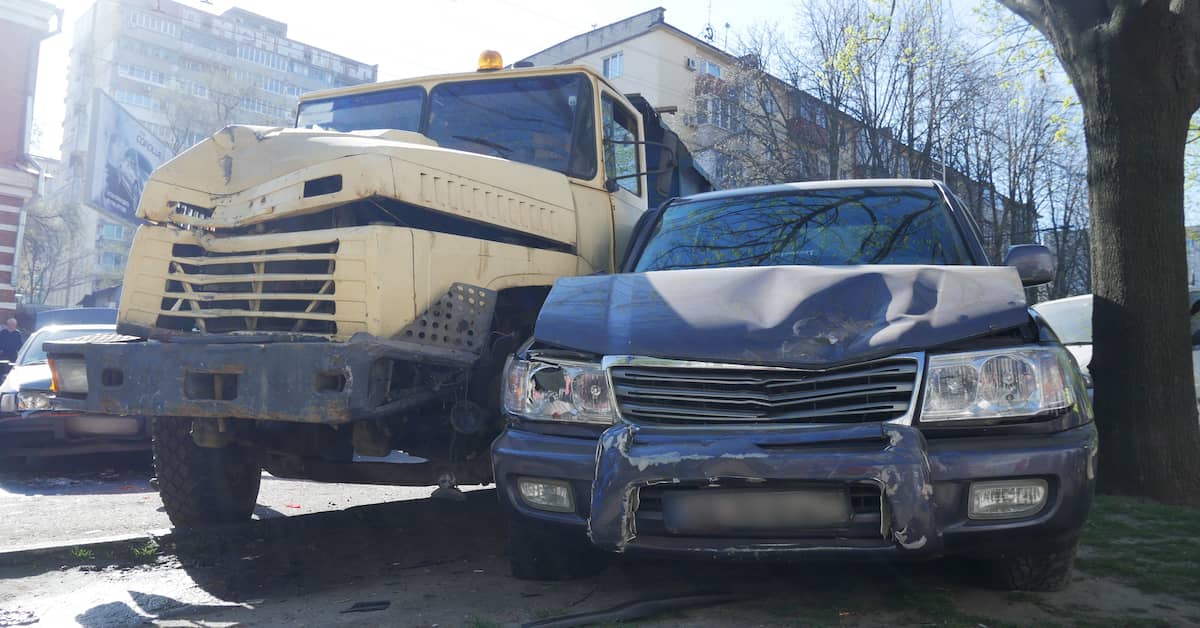
What Are the Elements of Negligent Supervision?
Negligent supervision occurs when individuals in a supervisory role fail in their legal obligation to ensure the people in their care do not come to harm or harm others. Should a person in the charge of a supervisor suffer an injury or inflict an injury on another because they were improperly monitored or managed, that supervisor could be held liable for the damages.
A “supervisor” could be an employer, adult caretaker, or daycare worker, among others. When in their oversight capacity, they are responsible for the well-being and actions of the people they manage (typically an employee, child, older adult, or disabled person).
Though negligent supervision is most commonly associated with those overseeing children or older adults, it may also be a factor in injuries sustained in the workplace. These types of cases can be complicated partly because of the frequent involvement of a third party. Establishing the elements of a negligence claim is essential to a successful result.
If a lack of reasonable supervision has led to you or a loved one being injured at work, call Maggiano, DiGirolamo & Lizzi at (201) 585-9111 (New Jersey) (212) 543-1600 (New York) for a FREE consultation. We will evaluate your case to determine if you have a just claim for compensation due to negligent supervision.
Negligent Supervision in the Workplace
The concept of negligent supervision can be seen in diverse settings such as schools, hospitals, nursing homes, and even in domestic scenarios where parents fail to supervise their children adequately. It can also happen in the workplace.
Read More: What Is Negligent Supervision?
In the context of the workplace, this failure to monitor could lead to a wide range of issues, including sexual harassment, workplace violence, or other forms of employee misconduct. An employer may be held responsible for an employee’s inappropriate or harmful action if the employer could or should have reasonably prevented it.
Elements of Negligent Supervision
For a negligent supervision claim to be successful, specific elements must be proven. There are four primary elements involved:
Duty of Care
The first element of a negligent supervision claim is establishing that the defendant had a duty of care toward the person who was harmed. The duty of care represents a legal obligation to act in a manner that does not put others at risk of harm. This concept forms the bedrock of negligence law. It delineates the responsibility of an individual or organization to take reasonable steps to prevent harm to those who might foreseeably be injured by their actions or inactions.
In a workplace, an employer has a duty of care to employees and to third parties who could be harmed by the employee’s actions. This generally applies to individuals who could reasonably be expected to be affected by the employee’s actions, including co-workers, clients, or any person the employee interacts with in their professional capacity.
Breach of Duty
Once it’s determined that a duty of care exists, it must be demonstrated that the supervisor or employer failed to fulfill their duty. In other words, the defendant did not act in a way that a reasonably prudent person in their position would have.
This could be due to failing to monitor the employee adequately, ignoring warning signs of dangerous behavior, or failing to implement or enforce policies that prevent harm. For example, an employer who ignores reports of an employee’s hazardous conduct or fails to take action against a known history of inappropriate behavior could be seen as breaching their duty.
Causation
This element requires showing that the employer’s breach of duty directly caused the harm suffered by the injured party. Simply put, the harm wouldn’t have occurred if not for the supervisor’s negligence. The breach of duty and the resulting injury must be connected in a clear cause-and-effect relationship.
For instance, if an inadequately supervised employee causes a traffic accident while performing their job duties, the employer could be held liable if it’s proven that proper supervision could have prevented the accident.
Damages
The final element of a negligent supervision claim involves demonstrating that the plaintiff suffered actual harm or damages due to the defendant’s breach. Any injuries and the resulting expenses would represent damages in a claim. These damages may be physical, emotional, and/or economic, but they must be quantifiable in some way. This could include medical bills, loss of earnings, pain and suffering, or other forms of compensable harm.
Read More: Was It Employer Negligence? How Can I Show That It Was?
Negligent Supervision in Practice
Employers have a responsibility to ensure they are creating and maintaining a safe working environment. This includes adequately supervising their employees to prevent harm to others. Failure to fulfill this responsibility could lead to a negligent supervision claim.
In the workplace, negligent supervision often occurs in situations where an employer fails to respond to known issues. For instance, if an employer is aware of a worker’s tendency towards violent behavior but fails to address it appropriately, the employer could be held responsible if the worker later physically harms a colleague.
Similarly, an employer could be held liable for negligent supervision if they were aware of an employee’s sexual harassment but failed to take suitable action, resulting in further instances of harassment. In these instances, the employer’s lack of proper intervention and supervision leads to continuing harmful behavior.
Negligent supervision can also occur when an employer fails to provide adequate training or supervision to employees in performing tasks. For instance, if a construction worker is not adequately trained in operating heavy machinery and subsequently causes an accident in which they or a colleague are injured, the employer could be held responsible.
Further, an employer who fails to properly vet employees during the hiring process could be liable for damages should there be an accident. For example, if an employer hires a delivery driver without checking their driving record and the driver causes an accident while on the job, the employer could be held responsible for any damages.
Do You Have a Negligent Supervision Case?
Negligent supervision is a critical concept that plays a pivotal role in maintaining safety and accountability in our society. Whether in the workplace, a school, a healthcare facility, or the home, those charged with supervising others must ensure they exercise this responsibility with the highest degree of care and diligence.
The elements of negligent supervision—duty of care, breach of duty, causation, and damages —provide a legal framework that holds employers accountable for the actions of their employees. In a workplace context, employers must be vigilant in their hiring, training, and supervision processes.
When employers shirk these responsibilities, negligent supervision occurs, leading to harm that could have been reasonably prevented. This underpins the fundamental importance of understanding and adhering to the principles of diligent supervision in the workplace. It is not just an ethical imperative but also a legal one, safeguarding the rights and welfare of employees and others.
Consult a Negligent Supervision Attorney
If you believe your injuries or those of a loved one were the result of negligent supervision, it is in your best interest to hire an experienced attorney. We can handle the ins and outs of your case while you focus your energy on recovering. Contact Maggiano, DiGirolamo & Lizzi today for a FREE consultation. We will courageously fight for justice in your case, pursuing the compensation you deserve for your losses.

















